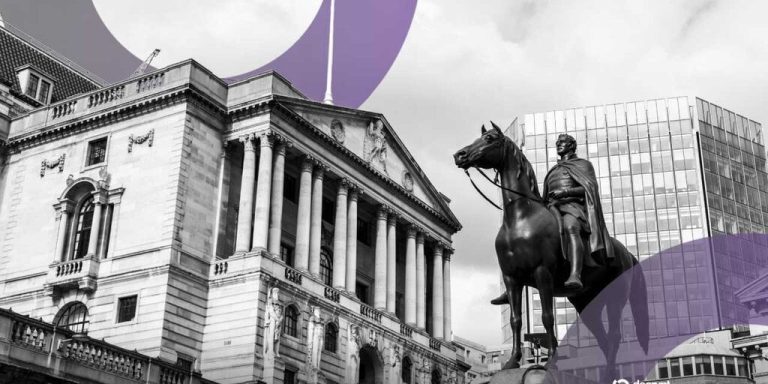
Traveling Through Time: How Europe’s Historical Heritage Shapes Modern Lifestyles in 2025
Traveling Through Time: How Europe’s Historical Heritage Shapes Modern Lifestyles in 2025. Europe, a continent steeped in history and tradition, has a unique ability to transcend time. From the crumbling ruins of ancient civilizations to the vibrant cities of the modern era, Europe’s historical heritage continues to shape the lifestyles of its inhabitants in profound ways. In this article, we will delve into the ways in which Europe’s past influences its present, and how this, in turn, impacts the daily lives of Europeans and visitors alike.
A Brief History of Europe
To understand how Europe’s historical heritage shapes modern lifestyles, it is essential to first grasp the continent’s complex and varied past. From the Roman Empire to the Renaissance, Europe has been at the forefront of human innovation and progress. The continent has been shaped by countless events, including wars, empires rising and falling, and cultural movements. This rich tapestry of history has left an indelible mark on the modern European landscape.
The Influence of Historical Heritage on Modern Lifestyles
Europe’s historical heritage influences modern lifestyles in numerous ways. One of the most obvious examples is architecture. The continent is home to some of the world’s most iconic and historic buildings, from the Colosseum in Rome to the Eiffel Tower in Paris. These structures not only serve as reminders of the past but also continue to play a vital role in the daily lives of Europeans. Many historic buildings have been repurposed as museums, restaurants, and shops, ensuring their continued relevance in modern times.
Another area where historical heritage shapes modern lifestyles is in the realm of art and culture. Europe is renowned for its vibrant cultural scene, with countless museums, galleries, and festivals celebrating the continent’s rich artistic heritage. From the Uffizi Gallery in Florence to the Louvre in Paris, these institutions provide a window into the past, while also inspiring new generations of artists and creatives.
Cuisine and Traditions
Europe’s historical heritage also has a profound impact on the continent’s cuisine and traditions. From the spicy flavors of Italian cooking to the rich pastries of French patisserie, European cuisine is characterized by its diversity and complexity. Many traditional dishes have their roots in historical events and cultural exchanges, reflecting the continent’s history of trade, migration, and cultural exchange.
In addition to cuisine, historical heritage also influences European traditions and customs. Many festivals and celebrations, such as the Tomatina festival in Spain and the Carnival of Venice, have their roots in historical events and cultural practices. These events not only provide a glimpse into the past but also serve as a way to connect with others and celebrate community and identity.
Conclusion
In conclusion, Europe’s historical heritage continues to shape modern lifestyles in profound ways. From architecture to art and cuisine, the continent’s rich past influences every aspect of daily life. As we move forward in 2025, it is essential to recognize the importance of preserving and celebrating this heritage, not only for its historical significance but also for its ongoing impact on modern European society.





